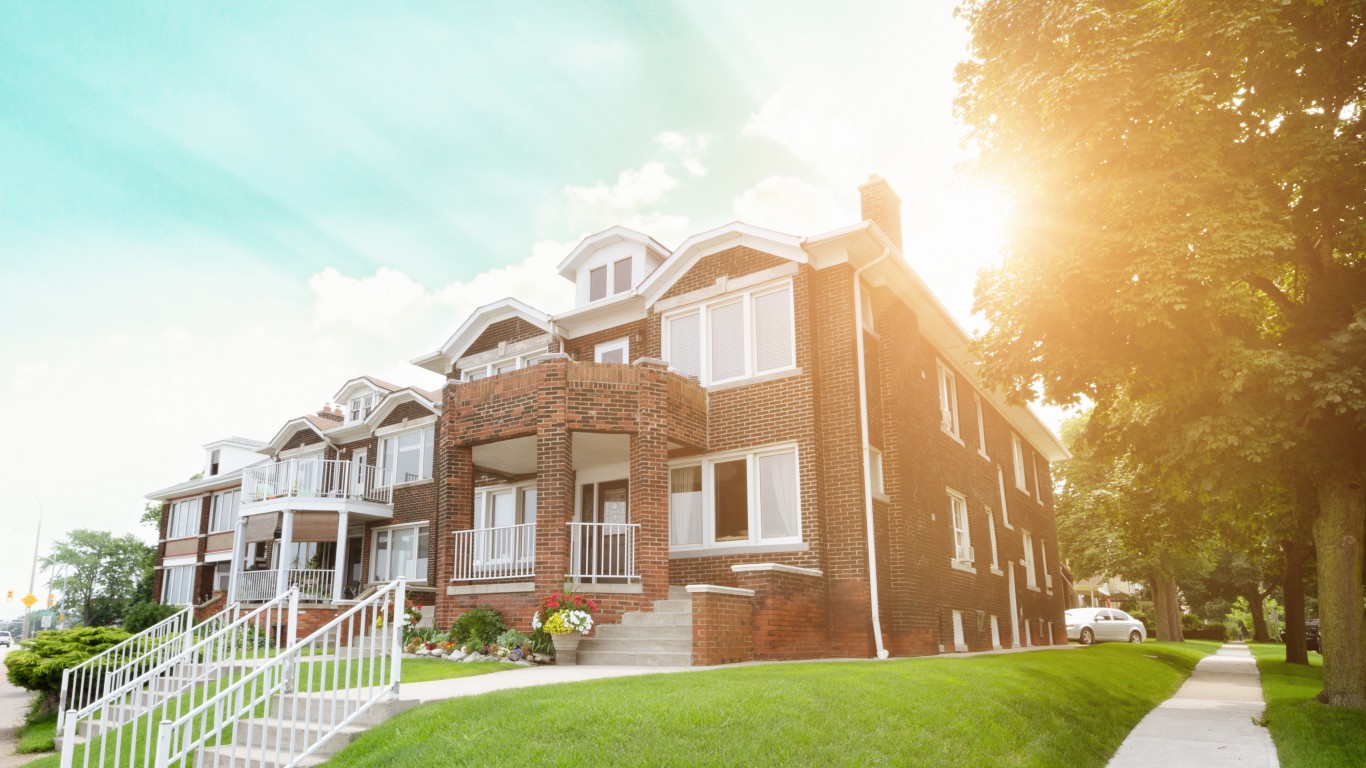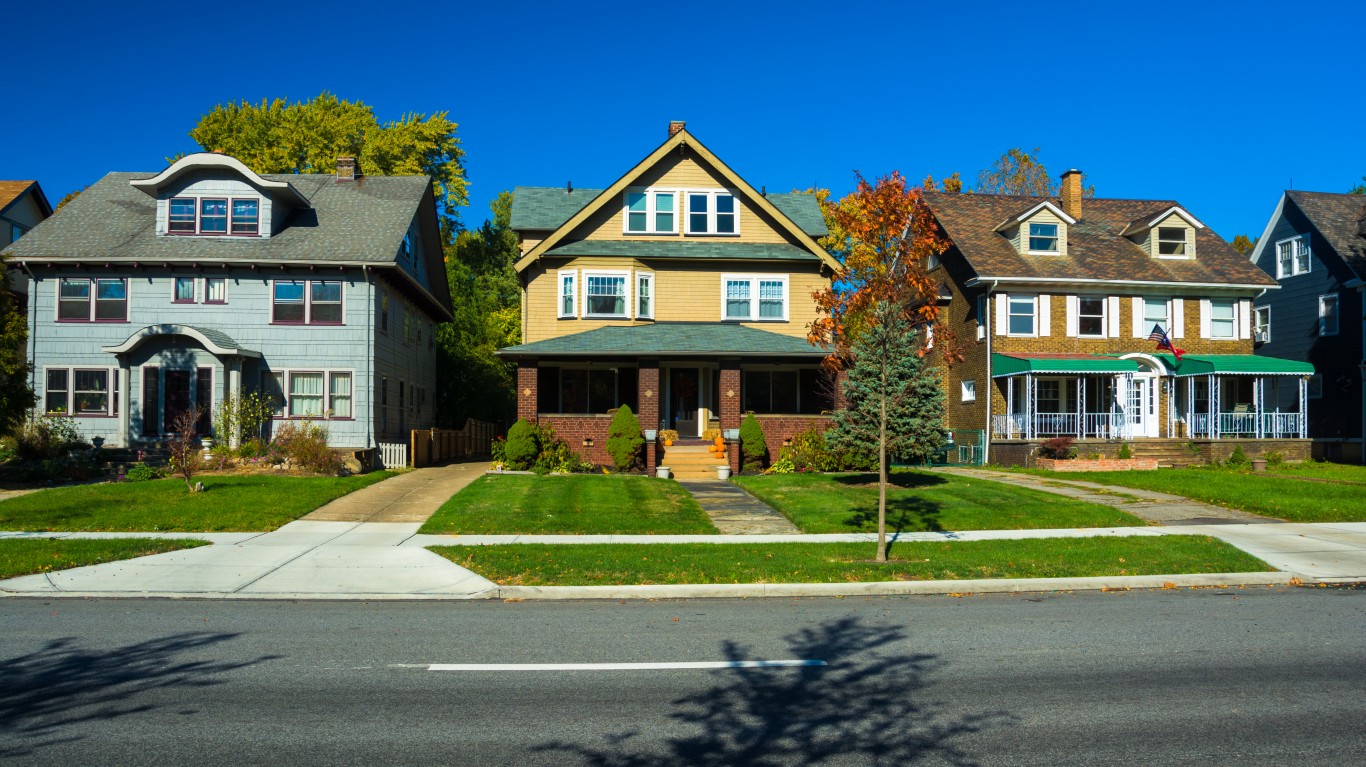
Although home prices have risen sharply, some cities still have homes that cost about the same as they did 20 years ago. Most are old, industrial cities that have been losing population for decades. They have become centers for high crime rates and poverty. Subsequently, city governments lack the tax bases to provide public services, like police and fire departments, at reasonable levels.
The housing markets that have posted surges in prices, on the other hand, are driven by low mortgage rates, a flight from a few big cities to medium-sized ones and suburbs because more people can work from home and would like a better quality of life. Additionally, the COVID-19 pandemic did little to affect the incomes of middle- and upper-class Americans.
Many cities have posted double-digit price increases compared to 2020. According to the most widely followed home price research, the S&P CoreLogic Case-Shiller Index, home prices in April across the United States rose 14.6%. This trend is several months old and has become even more pronounced.
According to Craig J. Lazzara, managing director and global head of index investment strategy at S&P DJI, “Housing prices accelerated their surge in April 2021.” He added, “April’s performance was truly extraordinary. The 14.6% gain in the National Composite is literally the highest reading in more than 30 years of S&P CoreLogic Case-Shiller data.”
The Case-Shiller research focuses particularly on data from the 10 and 20 largest American cities. Among the 20 largest cities, prices in Phoenix topped the list, as they were up 22.3% in April year over year. Two other cities posted an increase of over 20% for the same period. That was by 21.6% in San Diego and 20.2% in Seattle. Notably, the price increase was much more modest in America’s other largest coastal cities, which are metros many people have left. The price in New York City rose 13.5% in April year over year and by 15.1% in San Francisco.
Phoenix remains relatively affordable. Case-Shiller gave each of the 20 cities an index of 100 in January 2000 so that price increases for each city could be compared over time. In April, the Phoenix figure was 252. This compared to the highest city based on the index, which is Los Angeles at 339. The lowest numbers were Detroit’s 147 and Cleveland’s 148.
Detroit has lost half of its population since 1950. According to the Census Bureau, it has only 670,031 residents left. The median household income in the city is $30,894, which is more than half the national average. The 35% poverty level is nearly three times the national number.
Click here to see the American city where home prices are surging.
Are You Still Paying With a Debit Card?
The average American spends $17,274 on debit cards a year, and it’s a HUGE mistake. First, debit cards don’t have the same fraud protections as credit cards. Once your money is gone, it’s gone. But more importantly you can actually get something back from this spending every time you swipe.
Issuers are handing out wild bonuses right now. With some you can earn up to 5% back on every purchase. That’s like getting a 5% discount on everything you buy!
Our top pick is kind of hard to imagine. Not only does it pay up to 5% back, it also includes a $200 cash back reward in the first six months, a 0% intro APR, and…. $0 annual fee. It’s quite literally free money for any one that uses a card regularly. Click here to learn more!
Flywheel Publishing has partnered with CardRatings to provide coverage of credit card products. Flywheel Publishing and CardRatings may receive a commission from card issuers.
Thank you for reading! Have some feedback for us?
Contact the 24/7 Wall St. editorial team.




